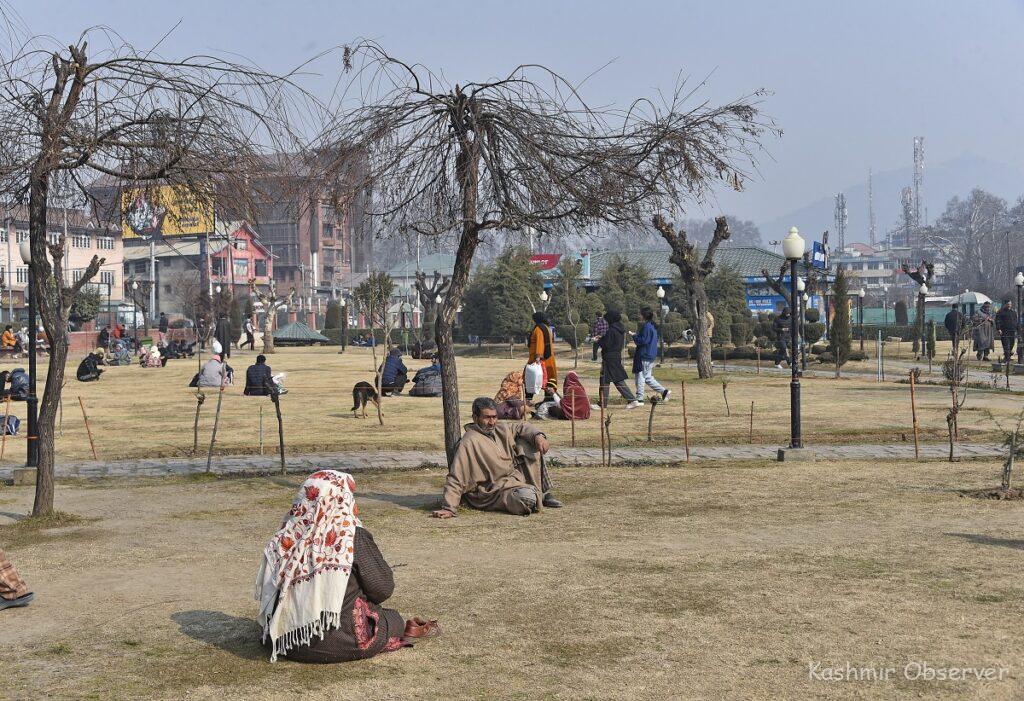
New Delhi- An analysis of temperature data since 1970 shows that winters are quickly transitioning to summer-like conditions in north India, shortening the spring season.
Researchers at the US-based Climate Central, an independent group of scientists, conducted this analysis to place India within the context of global warming trends, focusing on the winter months (December-February).
The analysis revealed abrupt changes in temperature occurring in late winter across north India.
The average temperatures in states in north India showed either a cooling trend or slight warming in January, followed by strong warming in February.
This indicates that these regions are now experiencing abrupt transitions from cool winter-like temperatures to much warmer conditions traditionally observed in March, the researchers said.
To show this change, the researchers calculated the difference between the warming rates in January and February, expressed as the change in average temperature since 1970.
The most significant jump in warming rates was observed in Rajasthan, where the average temperature in February was 2.6 degrees Celsius higher than in January.
A total of nine states and Union territories, including Rajasthan, Haryana, Delhi, Uttar Pradesh, Himachal Pradesh, Ladakh, Punjab, Jammu and Kashmir, and Uttarakhand, showed a January-February difference of more than 2 degrees Celsius.
This supports the reports that it feels like spring has disappeared in many parts of India, the researchers said.
The analysis also suggested that winter, overall, is warming across India, with every region showing a net warming trend during winter.
Manipur experienced the largest change in average winter (Dec-Feb) temperature since 1970 (2.3 degrees Celsius), while Delhi had the smallest change (0.2 degrees Celsius).
“The cooling in the central and northern Indian states during January followed by very strong warming in February creates the potential for a quick jump from winter to spring-like conditions,” said Andrew Pershing, VP for Science at Climate Central.
Global average temperatures have risen by more than 1.3 degrees Celsius since 1850, exacerbating climate impacts, with 2023 being the hottest year on record.
The CO2 spewed into the atmosphere, largely due to the burning of fossil fuels since the start of the Industrial Revolution, is closely tied to it.
Climate science says the world needs to slash CO2 emissions by 43 per cent by 2030 to limit the average temperature rise to 1.5 degrees Celsius, the guardrail to prevent worsening of climate impacts.
The business-as-usual scenario will take the world to a temperature rise of around 3 degrees Celsius by the end of the century, scientists have warned.
Follow this link to join our WhatsApp group: Join Now
Be Part of Quality Journalism |
Quality journalism takes a lot of time, money and hard work to produce and despite all the hardships we still do it. Our reporters and editors are working overtime in Kashmir and beyond to cover what you care about, break big stories, and expose injustices that can change lives. Today more people are reading Kashmir Observer than ever, but only a handful are paying while advertising revenues are falling fast. |
| ACT NOW |
| MONTHLY | Rs 100 | |
| YEARLY | Rs 1000 | |
| LIFETIME | Rs 10000 | |










